Introduction
Edible bird’s nest, often revered as a luxury delicacy and a symbol of health and vitality, has been cherished in various cultures for centuries. Derived primarily from the salivary secretions of swiftlets, particularly those of the genus Aerodramus, these nests are meticulously crafted into intricate structures within dark, humid caves. Their nutritional benefits, attributed to high protein content, essential amino acids, vitamins, and minerals, have made them a staple in traditional medicine and elite diets. However, with the market flooded with options ranging from genuine, premium nests to adulterated or even synthetic alternatives, knowing how to select high-quality edible bird’s nest is crucial. This guide aims to equip you with the necessary knowledge to discern the best from the rest.
Understanding the Types of Bird’s Nest
Before diving into the selection process, it’s essential to familiarize yourself with the different types of bird’s nests available. The two primary categories are:
-
House Nest (Homespun Nest): These are nests built by swiftlets within man-made structures, such as specialized birdhouses or buildings designed to attract swiftlets. House nests are generally cleaner and more accessible, making them more common in commercial markets.
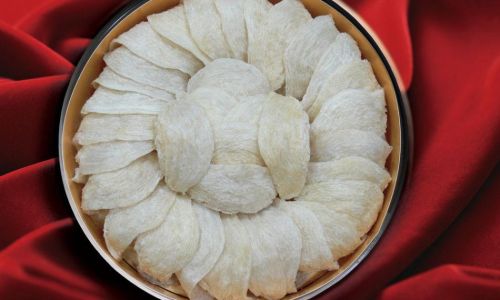
-
Cave Nest: Harvested from natural caves, cave nests are often considered superior due to their purity and the challenging environment in which they are formed. Cave nests can vary widely in appearance and quality, reflecting the diverse conditions within caves.
Appearance and Texture
Visual inspection is your first line of defense against poor-quality or fake bird’s nests. High-quality nests typically exhibit the following characteristics:
-
Color: Natural bird’s nests range from light beige to dark brown, with a slight golden hue indicating higher quality. Avoid nests that are excessively white, as they may have been bleached to enhance appearance.
-
Texture: Premium nests should have a silky, fibrous texture with a slight elasticity. They should not feel overly dry or brittle, nor should they be excessively sticky or gummy.
-
Shape and Size: While shape and size can vary, genuine nests tend to have a natural, irregular form. Uniform, perfectly shaped nests might indicate artificial manufacturing.
Origin and Harvesting Methods
The origin of the bird’s nest and the harvesting practices employed can significantly impact its quality. Look for nests sourced from reputable regions known for their swiftlet populations and stringent harvesting regulations.
-
Indonesia and Malaysia: These countries are renowned for producing high-quality bird’s nests. Ensure the nests come from sustainable, ethical sources that do not harm swiftlet populations.
-
Harvesting Techniques: Traditional hand-picked methods are preferred over more intrusive practices. Ask about the harvesting process to ensure it respects the natural habitat and does not involve the use of harmful chemicals.
Smell and Taste
Genuine bird’s nests have a distinct, natural odor, often described as mild and earthy. They should not have a strong, unpleasant smell, which could indicate poor storage conditions or adulteration.
-
Smell Test: A faint, slightly ammonia-like scent is normal due to the swiftlet’s salivary secretions. Any strong, off-putting odors are a red flag.
-
Taste: When cooked, high-quality bird’s nest should have a subtle, slightly sweet flavor with a smooth, silky texture. Avoid nests that taste overly fishy or have an unpleasant aftertaste.
Certification and Labeling
In an effort to combat fraud and ensure consumer safety, many countries have introduced certification programs for edible bird’s nests. Look for products that carry official certifications, such as:
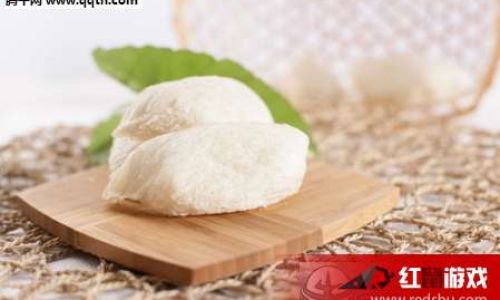
-
HACCP (Hazard Analysis and Critical Control Points): Ensures food safety throughout the production process.
-
ISO (International Organization for Standardization): Indicates adherence to quality management standards.
-
Halal Certification: Important for consumers adhering to Islamic dietary laws.
-
Origin Certificates: Verifies the geographical source of the nest.
Price and Value
While price is not always an indicator of quality, it’s essential to be wary of extremely low-priced nests. High-quality bird’s nests are a rare and labor-intensive product, reflecting their premium pricing.
-
Cost Considerations: Compare prices across reputable sellers but remember that the best deals are not always the cheapest. A balance between quality and affordability should be sought.
-
Value for Money: Assess the overall value by considering the nest’s purity, origin, and potential health benefits.
Buying from Trusted Sources
Finally, purchasing from established, reputable dealers can mitigate the risk of acquiring inferior or fake products. Look for sellers with a track record of selling genuine, high-quality bird’s nests and who are willing to provide detailed information about their products.
-
Customer Reviews: Read reviews and testimonials from previous customers to gauge the seller’s reliability.
-
Direct Communication: Don’t hesitate to ask questions about the nest’s origin, harvesting methods, and certification. Transparent sellers will be more than happy to provide these details.
Conclusion
Selecting high-quality edible bird’s nest requires a combination of knowledge, vigilance, and trust in your source. By understanding the different types of nests, examining their appearance and texture, verifying their origin and harvesting methods, and checking for official certifications, you can ensure that you’re investing in a genuine, nutritious delicacy. Remember, the true value of bird’s nest lies not just in its taste and texture but also in its potential health benefits, making the effort to choose wisely all the more rewarding. Happy nest hunting!
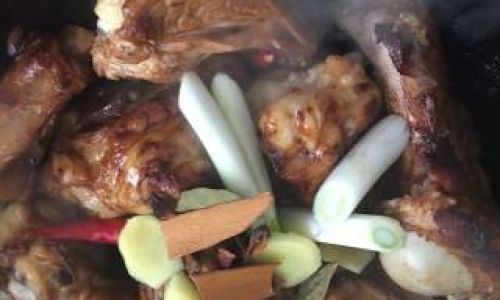
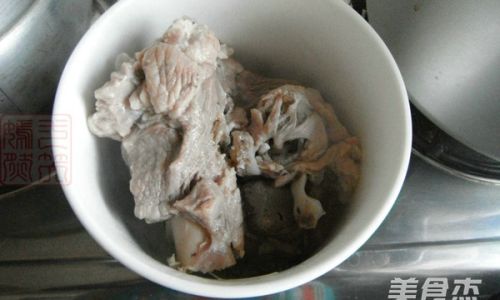
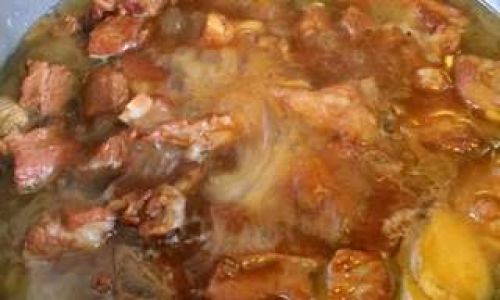
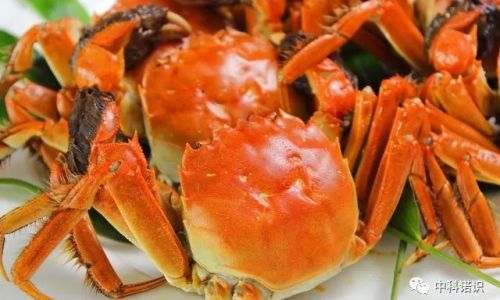
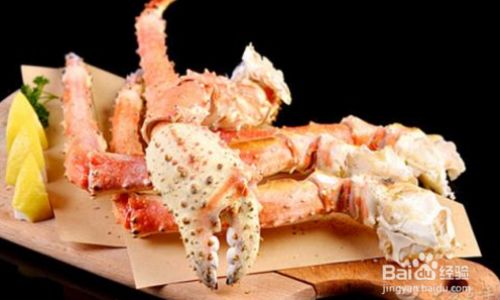
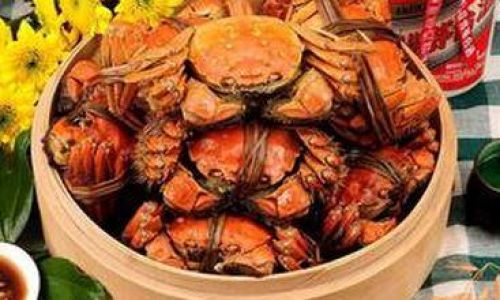
0 comments